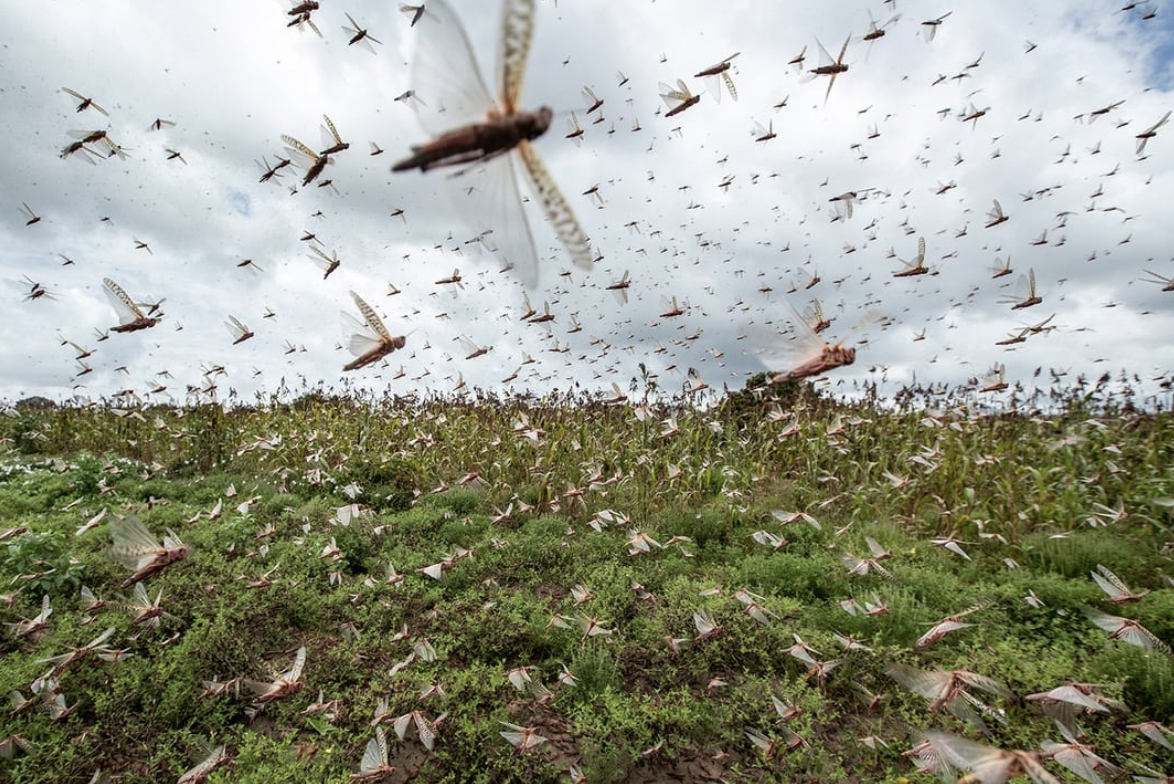Locust swarms in Samburu
Kenya has recently seen the influx of the most enormous swarms of Locusts. These particular locust migrations originate from the horn of Africa, and when the rains are plentiful and the soils are moist they multiply up to the number whereby they are forced to move as part of a collective migration.
They have been known to travel up through Arabia, and into India and Pakistan. Similarly, they enter into Kenya through the North Eastern region, and recently were able to breed on Kenyan soil, hence increasing the numbers ten fold!
It is easy to see why these creatures have created so much superstition, steeped in history due to their voracious appetites and ability to destroy crops. The Samburu however remember them fondly. The last time they came through the region in this number was in 1953, and in the eyes of the Samburu elders they acted as a catalyst for the start of a new ecological cycle that resulted in ten years of good grass and healthy ecosystems. It was remembered so fondly that they included the locust swarms in the naming of an entire generation.
So, this asks the question, are the locusts as much of a plague as documented, or are they a necessary and required link in the ecology of a landscape, laying much needed fertiliser, unselectively consuming vegetation, and acting as a protein source for a multitude of wildlife and bird life. It seems that they are an inherent risk when they reach the agricultural regions, posing a huge threat to food security. In areas of vast wilderness, where they do not compete with the human species, they may just play an important role that should not be ignored.

